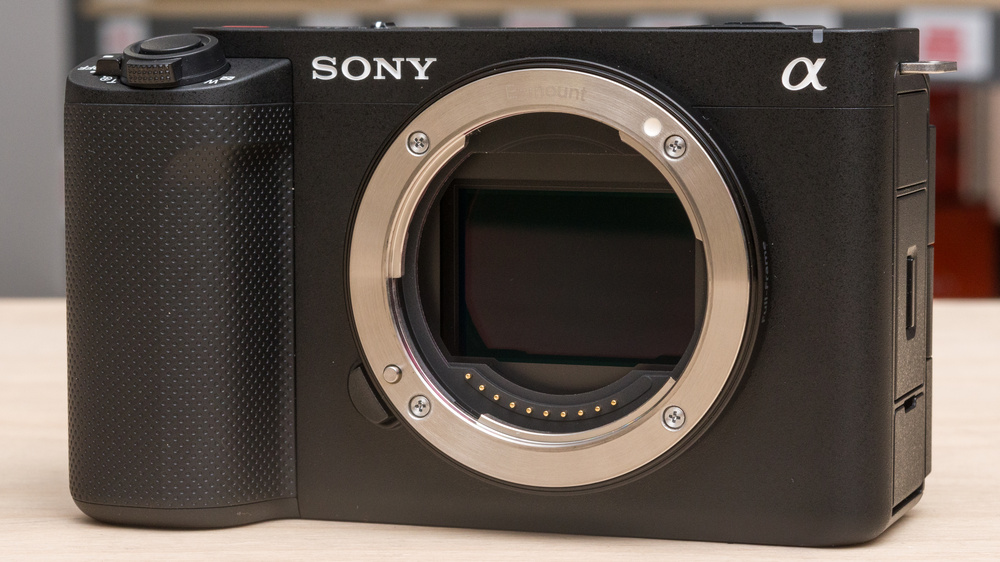
The Sony ZV-E1 can capture 4k footage at up to 120 fps, with 120 fps added once you get the upgrade license through Sony’s Creators’ Cloud. That said, because of the resolution of its sensor, you don’t have as much leeway to crop as you would with a camera that records down-sampled 4k from a higher-resolution sensor.
The camera’s intended users of content creators, vloggers, and first-time video shooters is apparent in the inclusion of various auto-shooting modes that simplify the process for those who just want to shoot videos without much fuss or post-production. The ‘Intelligent Auto’ mode is the simplest of these and takes the guesswork out of video shooting by automatically detecting what kind of scene you’re recording. Within this, ‘My Image Style’ lets users adjust aspects of the image in simple terms like ‘brightness’ and ‘color’. In this mode, the camera also automatically adjusts the depth of field depending on how many subjects are in the scene. For example, if a second person enters the scene, the camera will stop down to create a deeper depth of field.
There’s also the ‘Cinematic Vlog’ mode that crops the video to a widescreen cinematic aspect ratio with black bars along the top and bottom, sets the frame rate to 24 fps, and defaults to the ‘S-Cinetone’ picture profile. You can further adjust the image with preset ‘Looks’ and ‘Moods’ that affect the video’s color and tone. On top of that, you can adjust the speed at which the camera pulls focus if you select a different subject in the frame to which you’d like the focus to transition.
The ‘Auto Framing’ feature can also be helpful for vloggers who are working alone. The feature crops into a portion of the frame and automatically tracks your movement, giving the impression of a camera operator moving the camera around to track you. It’s meant for use with a tripod, and you can adjust the crop level and tracking speed. It also lets you record an uncropped version of the footage as a backup, so you can mix and match wider shots with the cropped auto-framed footage. You can see that in action here.
For more advanced users who want to record in Log and get the most flexibility in post-production, the camera supports S-Log 3. It also has separate ‘Picture Profiles’ that do more of the work for you in-camera. There are 11 different presets to choose from. For more information about those, you can see Sony’s help guide here. When using a picture profile, the ‘Gamma Display Assist’ lets you preview the image with contrast equivalent to a regular gamma curve to get an idea of how your footage will look after processing. Like the Sony FX3, the camera also allows users to import up to 16 custom LUTs to the camera and lets you apply the LUT in-camera. It’s a handy feature for those who want to save the time it would take to color grade. The ‘Display LUT’ setting lets you preview LUTs on the monitor.
Besides these features, it has vlog-friendly features we’ve seen on other ZV models before, including the ‘Product Showcase’ mode that changes focus priority when objects are held up in the frame. By default, the C1 button on the top of the camera is also set to ‘Background Defocus’, which quickly toggles between a deep and shallow depth of field.






